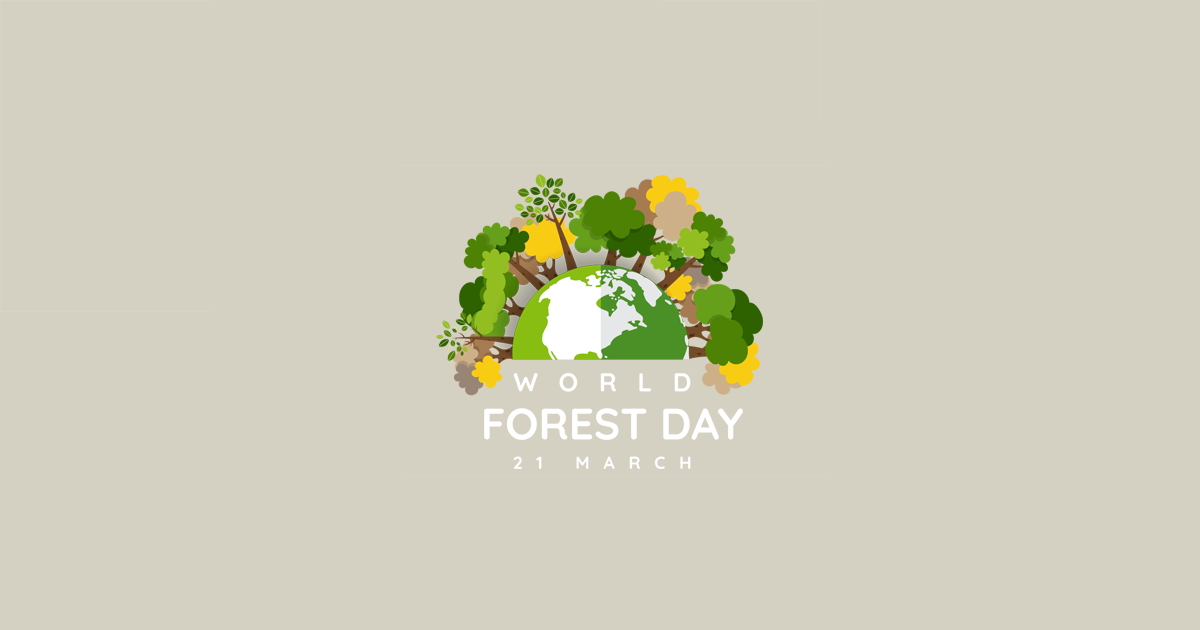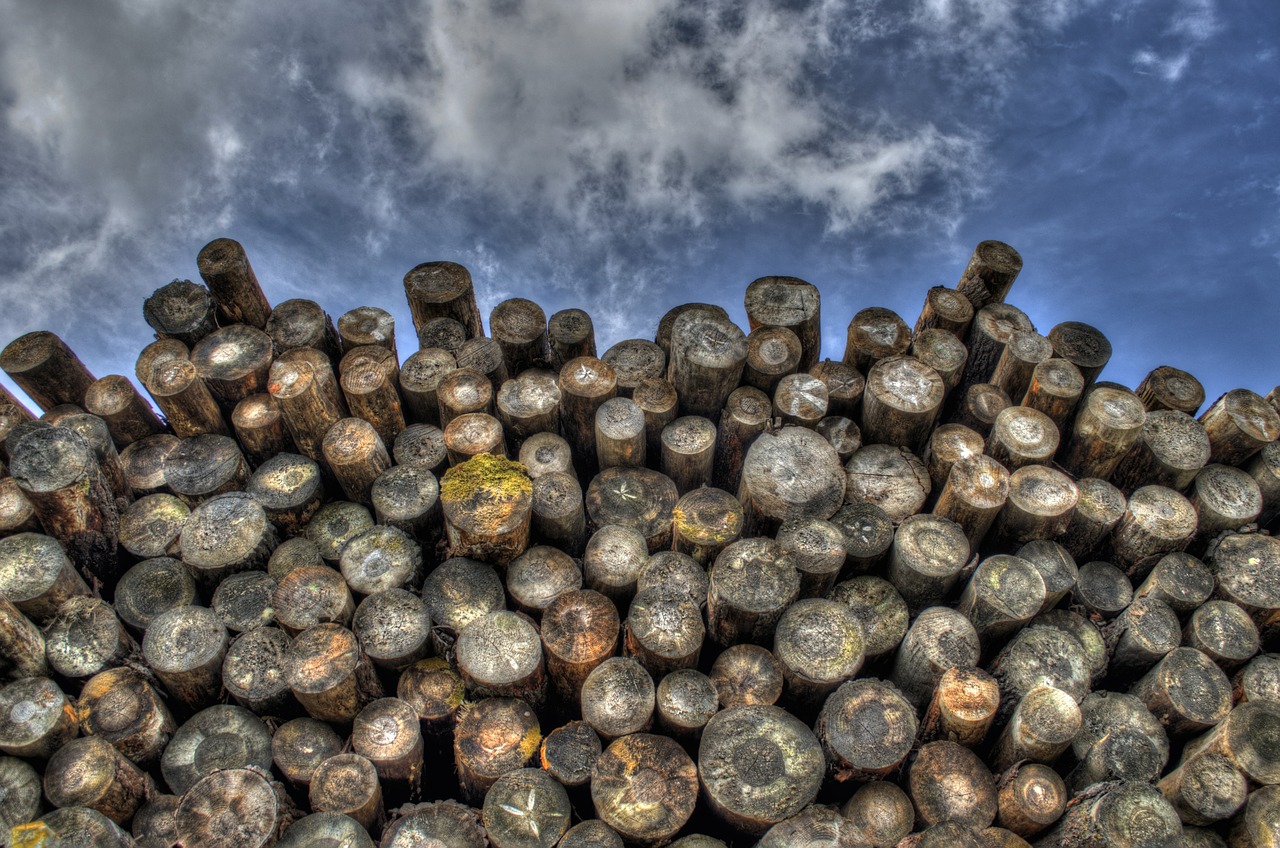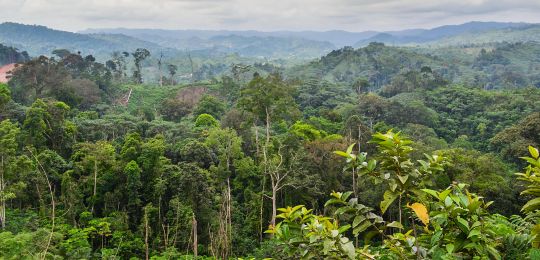
International Day of Forests 2021
The International Day of Forests celebrates and raises awareness of the importance of all types of forests, both man-made and natural. Every year countries are encouraged to undertake local, national and international efforts to organize activities involving forests and trees, such as tree planting campaigns.
The importance of forests is something the general population tend to take for granted. This article is meant to reignite that association to the importance of our forests. Highlighting efforts and ideas that are currently in action to bring about change within the forestry world on a larger scale.
The actual importance of forests
As a planet made up of thousands of species, we depend on forests for rather a lot, forests provide us with more than the wood we use in our daily lives. The rain forests are the lungs of the planet, based on their importance in absorbing carbon dioxide, a greenhouse gas and increasing local humidity. This helps in stabilising the climate around the globe – so cutting down the trees within these forests should be an incredibly regulated process. Unfortunately, it is anything but.
According to Mongabay Rainforests are thought to store at least 250 billion tons of carbon and are home to an estimated 50 percent of terrestrial biodiversity across the globe. So whilst we all read the news and know the destruction of these forests isn’t great, we should be paying more attention to what is actually occurring on a daily basis and with a large focus on the why.

It is alarming as to what it is exactly that is driving the rates of deforestation across the globe. Cleared spaces are there to make way for planting of soybeans, oil palm, cutting of trees for the wood industry, cattle breeding and the ever-creeping threat of urbanisation.
Increased government incentives, in the form of loans and infrastructure spending, in conjunction with the scaling-up of the private sector, who are intently focused on their growing interest of “emerging markets” and rising domestic wealth, means a higher demand for commodities such as beef, soy, sugar, and palm oil.
To summarise, governments place more importance on the growth of the economy than on the lasting effects of cutting down trees. Its a simple case of, what is good for us now outweighs the problems of the future. This is where the problem lies, the greater need for forward and future thinking with an economic benefit pushed to the fore.
With such a valuable resource to the planet being a scientific fact. – the question that should be asked is who is then responsible for its preservation? The largest rain forest in the world, the Amazon, is shared by nine countries. With one country in particular taking a clear majority which is concerning.
By order of largest to smallest area are:
- Brazil,
- Peru
- Colombia,
- Venezuela,
- Bolivia,
- Ecuador,
- Guyana,
- Suriname,
- French Guiana.
Brazil has about 65% of the total, Peru 11% and French Guiana just 1%. A question should be raised around the management of these vital resources on a global scale. If this is so important to the world, why does everyone not have a say in the management of these resources. This is a topic that would cause a very interesting debate, but the question should be raised. Especially after the tragic fires in Brazil not too long ago which can be attributed to deforestation, climate change and questionable leadership.
The roadmap to disaster is sadly, already written. The largest case study for the effects of deforestation as a reference can be pointed at Borneo, who became the largest timber exporter in the world at an incredible cost to the environment.
In the 1980s and 1990s, the forests of Borneo were flattened at a rate unprecedented in human history, burned, logged and cleared, and commonly replaced with agriculture.
The deforestation continued through the 2000s at a slower pace, alongside the expansion of palm oil plantations. Half of the annual global tropical timber procurement is from Borneo, and much of the forest clearance is illegal. So if change is not on the cards, we are all in for very bumpy ride.

What is the solution?
Whilst not every nation, or politician for that matter, can be convinced that perceived economic growth is of a lesser importance than environmental stability. The signs are pointing in the direction that any positive change needs to come from out of the box thinking that can show both an economic and societal benefit. Uplift communities whilst ensuring finance types are happy at the same time. Seems simple enough in theory.
And one such idea that is bearing positive results is based on enabling the population of these areas of interest to be the force for change.

The Congo Basin
A revolutionary scheme in DR Congo. The 300 villagers of Nkala were granted 4,100 hectares (16 square miles) of forest in December 2018.
For the first time in their community’s history, they had the legal right to own and manage the forest they lived in. three years on, signs suggest that community ownership could become a powerful tool in halting the decline of the Congo Basin rainforest, while alleviating poverty in one of the world’s poorest regions. One idea in action, two benefits.
“This is an enormous opportunity to transform the country,” says Fifi Likunde Mboyo, head of the ministry of environment’s community forestry division, the government body managing the scheme. “It is a break away from the past.”
Early evidence in the DR Congo experiment is pointing in the right direction. Analysis by the Rainforest Foundation UK (RFUK), a non-profit monitoring and facilitating the implementation of the DR Congo’s community concessions, found the rate of deforestation in 57 community concessions in 2019 was 23% lower than the national average and 46% lower than in logging concessions.
The data, which stretches back to 2001, shows that the traditionally occupied lands (where local people have been managing the forest as effectively their own) have historically had lower levels of deforestation.
To attack this problem head on, it is apparent that a solution with a business perspective and uplifting communities such as the initiatives in the Congo Basin are of value. The monitoring of these efforts brings with it an incredible value. And this raises our next potential solution in play. The advent of carbon credits.
What are Carbon Credits?
Simply put – A carbon credit is a generic term for any tradable certificate or permit representing the right to emit one tonne of carbon dioxide or the equivalent amount of a different greenhouse gas.
To limit global warming to 1.5°C, in line with the Paris Agreement, we need to cut current greenhouse-gas-emission levels in half by 2030 and reduce them to “net zero” by 2050.
The underlying theory is simple. If one company cannot stop from emitting CO2, it is then able to ask another company to emit less. This means that, even as the first carries on producing CO2, the total amount of carbon in the atmosphere is reduced.
By paying someone else to either reduce their emissions or capture their carbon, companies can compensate for their environmental footprint and even, in the most ambitious cases, use carbon credits to get to carbon-neutral status.
Companies that emit larger amounts of greenhouse gases, are able to offset their emissions with companies that are more carbon friendly. If my company is going to do bad things to the environment, then I am going to ask companies that are not to make my impact less severe.
It’s a start.
But again, this brings in the human factor. How do you know the system is not being manipulated? In short, currently we do not have a global system to do so, and that is what is being addressed, a greater need for transparency. When the global public are able to see the results in real time, would it become an easier sell to larger corporations?
A report from an international task force led by UN Special Envoy for Climate Action and Finance Mark Carney and chaired by Bill Winters, CEO of Standard Chartered Bank, has devised a draft blueprint for creating large-scale transparent carbon credit trading markets based on independent verification that the claimed reductions in CO2 are valid. The World Economic Forum is observing the effort.
Without transparency it would be a tough system to trust. But the positive sign is that there are steps forward to bring a larger corporate responsibility to the offsetting of carbon and bringing about active steps to counter climate change.

Courtesy of CHATURVEDA PLANTECH MAHOGANY AGROFOREST
Forestry Monitoring
The importance of forestry management, both natural for conservation purposes and manmade timber efforts, is ever increasing. With remote sensing, change detection is a vital cog in the wheel of any and every solution to deforestation and even the potential validity of creating a system of transparency with carbon credits. With Carbon Credit about to become more mainstream, Remote Sensing has a part to play.
We believe that remote sensing forestry monitoring solutions are there to enable forestry management teams to make better, more informed decisions. And with the solutions at play around the world to combat climate change that are being presented, we believe that the role of remote sensing is increasingly important as it enables a “birds-eyes” view into areas that were traditionally inaccessible due to location or in the case of thick forests simply impenetrable without causing some kind of destruction along the way.
Our latest product offering with SAR-Derived Change Detection through Capella Space, now offers us the ability to see through clouds, which in the cloud belt of Africa where the Congo Basin is located, has in the past been somewhat of a hinderance to remote sensing.
Bringing technology into play to assist in saving our planet is a major focus at Swift Geospatial, and we look forward to bringing you further news on our forestry monitoring products and case studies.
If your business would like to start off setting their carbon credits, we suggest you visit the team of Ecologi.
Ecologi are dedicated to planting trees and funding the world’s best climate crisis solutions.
We are excited to help fund important environmental projects, and growing our own Swift Geospatial forest. All funds generated are used to restore wildlife and help local communities, with constant and transparent updates via their websites.
